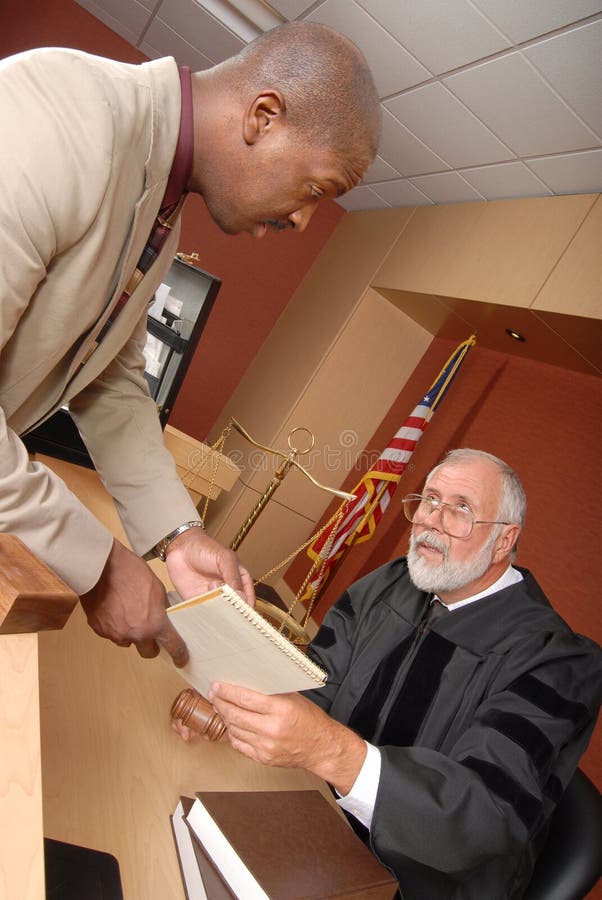Exactly how to Boost Your Instance with Compelling Trial Presentations: Expert Tips for Lawyers
Exactly how to Boost Your Instance with Compelling Trial Presentations: Expert Tips for Lawyers
Blog Article
Navigating the Complexities of Trial Presentations: Tips for Seamless Shipment and Engaging Disagreements
In the realm of lawful procedures, the art of trial discussion stands as an important determinant of success. As lawyers navigate the detailed web of court room dynamics, the capacity to seamlessly supply disagreements and proof while mesmerizing the court's attention comes to be critical. The intricacies inherent in test discussions need a delicate equilibrium of finesse, ability, and technique. By refining strategies that guarantee a sleek delivery and crafting compelling disagreements that reverberate with the target market, attorneys can substantially boost their advocacy. In a world where persuasion reigns supreme, grasping the details of trial presentations is not simply an alternative however a need for those looking for to dominate in the courtroom.

Recognizing Trial Objectives
To successfully browse a test, it is essential to have a clear understanding of the goals that require to be attained. Prior to entering the courtroom, legal teams need to define their objectives and desired results. These goals work as directing concepts throughout the test, shaping approaches and influencing decision-making processes.
Understanding trial objectives involves an extensive evaluation of the situation, lawful precedents, and the client's benefits. Trial Presentations. It needs a careful exam of the realities, recognizing vital concerns, and anticipating prospective difficulties. By setting certain and measurable goals, attorneys can tailor their discussions and debates to align with the preferred outcomes
Additionally, a clear understanding of trial objectives enables lawful groups to prioritize evidence, witnesses, and lawful debates successfully. It enables for the development of a meaningful story that resonates with the court and court, strengthening the overall instance discussion.

Organizing Evidence Successfully
Having a clear understanding of test goals lays the foundation for organizing proof successfully in legal proceedings - Trial Presentations. By straightening the discussion of evidence with the desired end results of the test, legal teams can strengthen their debates and improve their persuasiveness. One important aspect of arranging proof is categorization. Organizing evidence based on motifs or significance to specific lawful aspects can help simplify the discussion and make complex details a lot more digestible for the court or jury.
An additional crucial element in arranging evidence successfully is establishing a rational circulation. Providing proof in a sequential and meaningful fashion can assist construct an engaging narrative that sustains the lawful disagreements being made. In addition, using aesthetic help such as timelines, charts, or charts can better enhance the organization of proof and assist in clearing up intricate relationships or sequences of events.
Additionally, ensuring that all evidence provided is permissible and relevant to the instance is important. Pointless or inadmissible proof can detract from the stamina of the disagreement and possibly hurt the credibility of the presenting celebration. As a result, a thorough testimonial and option procedure need to be undertaken to include only the most legitimately audio and impactful proof in the test discussion.
Crafting Convincing Narratives
Crafting compelling narratives plays an essential role in offering persuasive debates during lawful procedures. When constructing a story for a trial discussion, it is important to develop a clear storyline that highlights vital points and attaches them in a meaningful fashion. By weaving together evidence, testament, and legal debates into a influential and cohesive story, lawful experts can properly advocate for their customers and increase the probability of a favorable result in the courtroom.
Understanding Visual Aids
Efficient use visual aids this hyperlink is vital to enhancing the effect and quality of trial presentations. Visual help, when utilized tactically, have the power to streamline complex information, strengthen vital points, and leave a long lasting perception on the discretionary. To master visual aids in test discussions, it is crucial to ensure that they are clear, concise, and appropriate to the debates being made.
When including aesthetic aids, such as charts, graphs, timelines, or photos, right into a test discussion, it is vital to maintain them aesthetically appealing yet specialist. The visuals should complement the spoken arguments, providing a graph of the details being discussed without overwhelming the audience with unnecessary details.
Moreover, practicing with the visual help ahead of time is essential to ensure a seamless distribution throughout the test. Familiarizing oneself with the content, transitions, and timings of each aesthetic aid can help maintain the circulation of the discussion and stop technical glitches that might emerge.
Providing Impactful Closing Disagreements
A compelling closing argument offers as the conclusion of a trial presentation, encapsulating the core narrative and persuading the discretionary in the direction of a beneficial decision. To supply an impactful closing disagreement, it is important to succinctly wrap up key factors, highlight the staminas of your case, and resolve any type of weaknesses in a critical manner. Begin by laying out the primary arguments that sustain your client's placement, highlighting why the evidence offered throughout the trial sustains your narrative. It is vital to develop a sense of cohesion and clarity, assisting the judge and court towards the wanted conclusion.
Furthermore, including emotional charm can additionally strengthen your closing disagreement. By linking and humanizing the instance on a personal level with the decision-makers, you can stimulate compassion and understanding, influencing their understanding of the truths presented. Additionally, repeating the lawful standards that should be fulfilled for a favorable ruling can strengthen best site the legitimacy of your placement. Ultimately, a well-crafted closing argument must leave a long-term impact, compelling the court and jury to regulation in your customer's support.
Verdict
To conclude, understanding test discussions entails recognizing purposes, arranging proof, crafting stories, using aesthetic aids, and delivering impactful closing disagreements. By executing these techniques efficiently, attorneys can present their case seamlessly and make compelling debates in the court room. It is critical to browse the intricacies of trial presentations with accuracy and ability to accomplish success in lawful process.
By lining up the presentation of evidence with the wanted end results of the trial, legal groups see this page can enhance their disagreements and enhance their persuasiveness (Trial Presentations). To understand aesthetic aids in trial discussions, it is important to guarantee that they are clear, concise, and pertinent to the disagreements being made
A compelling closing debate offers as the culmination of a test discussion, encapsulating the core story and convincing the judge and court towards a favorable choice. Begin by describing the major arguments that support your customer's position, stressing why the evidence offered throughout the trial sustains your narrative.In conclusion, grasping trial discussions involves recognizing objectives, arranging evidence, crafting stories, utilizing visual help, and providing impactful closing arguments.
Report this page